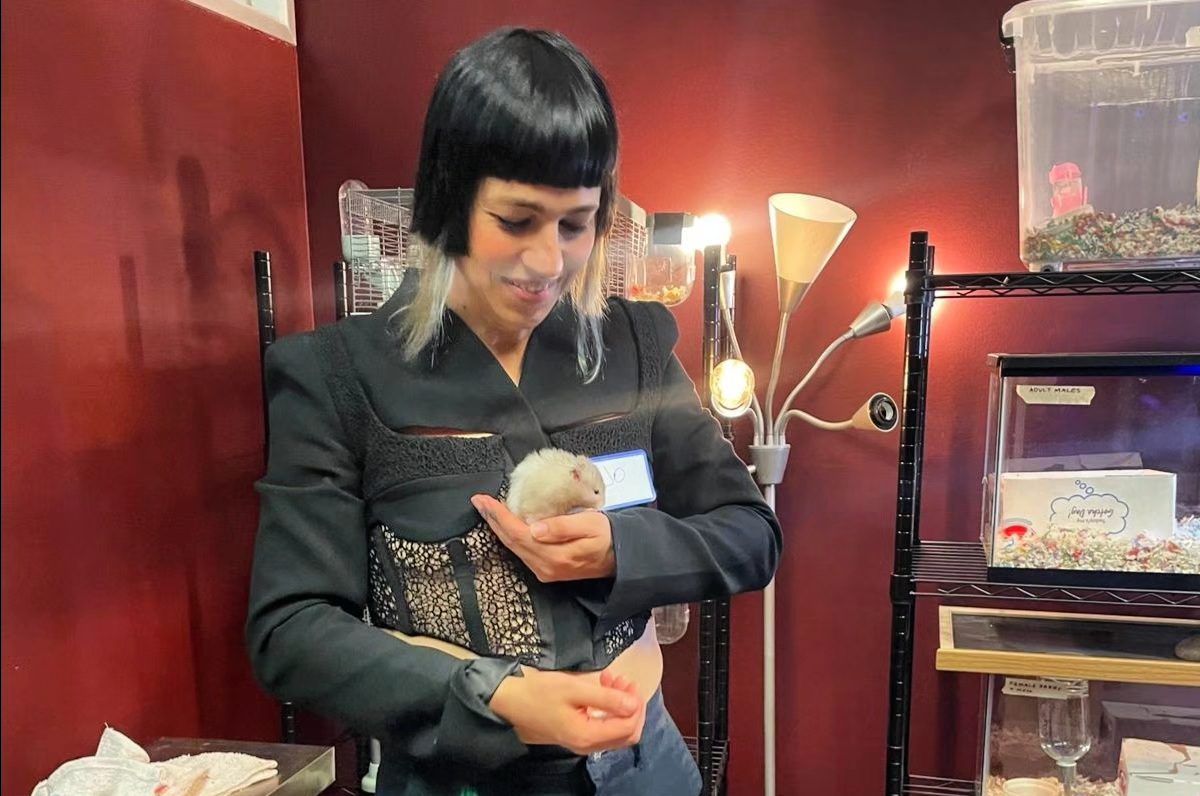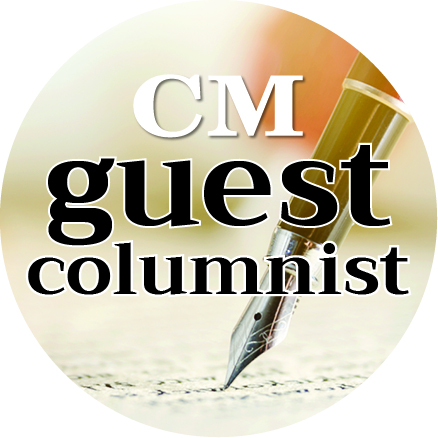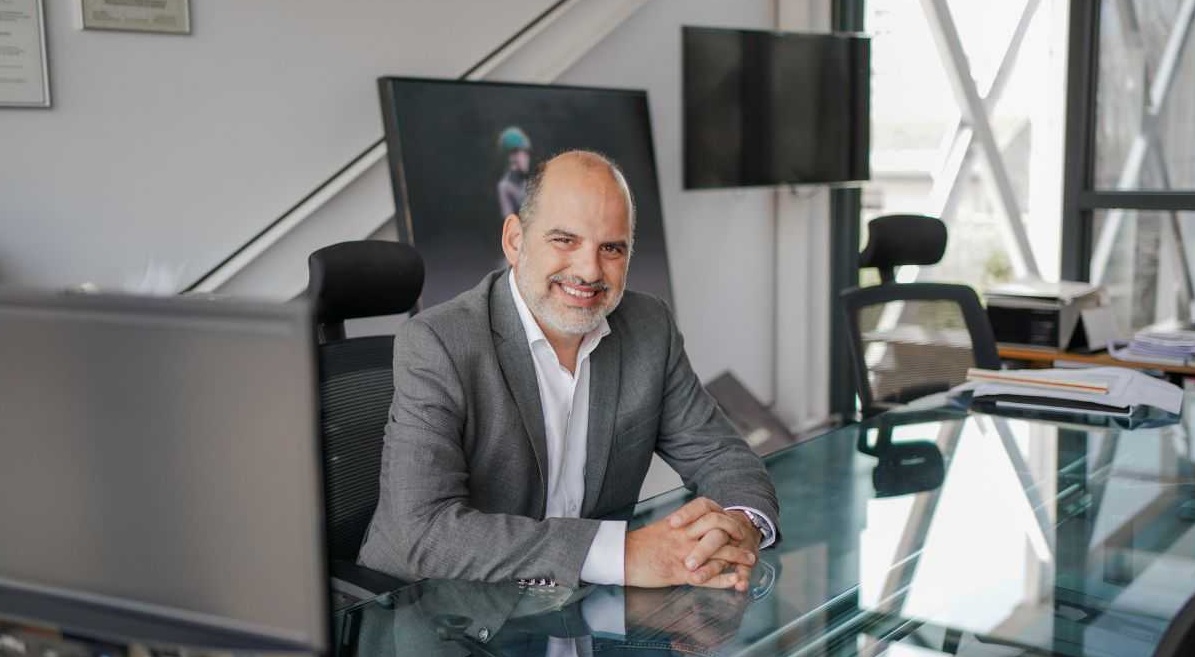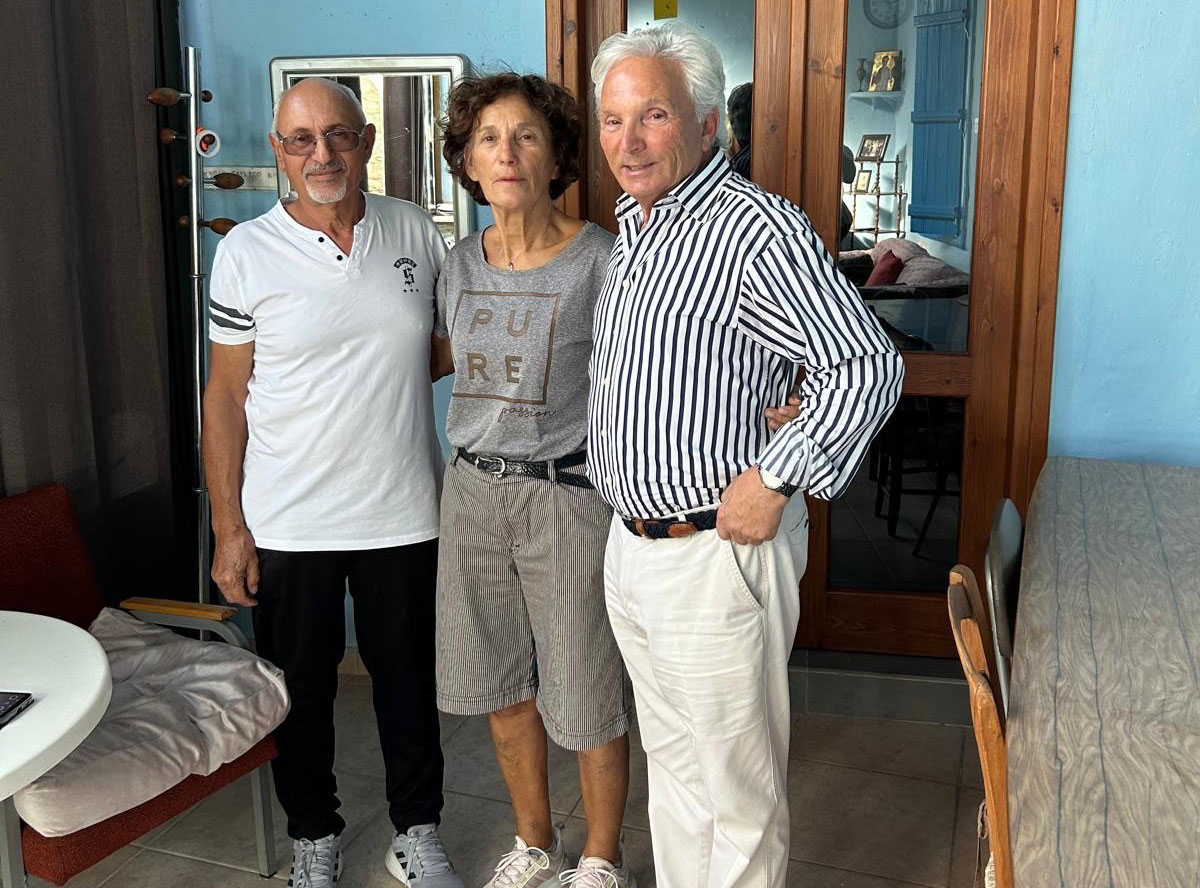In an era where headlines—not just hypotheses—shape science, visibility can elevate—or endanger. From de-extinction startups to CRISPR livestreams, scientists now navigate peer review, public scrutiny, media theater, and PR blowback.
In today’s scientific landscape, the laboratory is no longer a private space. Discovery happens under the spotlight, calibrated not just for accuracy but for attention. The modern scientist must perform—balancing rigor, visibility, and narrative control in an ecosystem where audiences, funders, and peers are all watching.
What was once a quiet pursuit of truth has become something more theatrical: an act of performance.
The age of public science
One widely covered example is Colossal Biosciences, co-founded by geneticist George Church and entrepreneur Ben Lamm, whose work on “de-extinction” has drawn significant media attention alongside scientific debate. Public reporting places Colossal’s funding above $200 million; the company describes itself as a “de-extinction” venture. Its media-ready announcements sometimes precede journal publication—a sequence that maximizes attention while inviting scrutiny from researchers.
For instance, a mouse-hair experiment—often nicknamed the “woolly mouse” in press coverage—generated global headlines well before corresponding data reached peer review. More recently, marketing around a “de-extinct” dire wolf drew enthusiastic coverage and parallel skepticism from scientists, who questioned publicizing such claims ahead of refereed publication.
Some ecologists and conservation thinkers warn that promotional narratives can distort expectations and overshadow the incremental work of preserving existing ecosystems. But others argue that bold storytelling is exactly what’s needed in an attention economy — where funding, media coverage, and public support often follow spectacle. If campaigns can make an overlooked field feel urgent, even sexy, that attention might not be a distraction, but a catalyst.
Josiah Zayner: The Showman Scientist
At the other end of the spectrum is Josiah (Josie) Zayner, founder of The Odin, which sells DIY genetic engineering kits to consumers. A former NASA scientist, Zayner rose to prominence after a 2017 livestream in which he injected himself with CRISPR-edited DNA—an episode that blurred scientific outreach and spectacle. He frames his work as bio-democratization; critics call it reckless. U.S. regulators later warned against self-administered gene therapies, and Zayner faced investigation over concerns about practicing medicine without a license.
Unlike venture announcements that primarily influence perception, Zayner’s products invite direct participation by non-experts—raising practical safety and ethics questions. Both operate in the spotlight, but their performance carries a sharper edge.
Eran Elhaik and the Reproducibility wars
Visibility isn’t always earned through showmanship; sometimes it comes through opposition. Population geneticist Eran Elhaik has challenged common methods such as principal-component analysis and admixture modeling, publishing critiques in open venues and preprints that then circulate widely online. To supporters, he’s a necessary skeptic in a field prone to consensus bias; to detractors, a provocateur whose rhetoric can erode trust. In today’s publishing environment, even dissent must perform.
Victoria Herridge: The critic in the spotlight
Paleontologist Victoria “Tori” Herridge occupies a middle ground: a public communicator who also interrogates the spectacle she inhabits. A frequent commentator on mammoth research, she has argued that editing a subset of traits yields an approximation—“an elephant in a fur coat,” as she once put it—rather than a true resurrection. She has also questioned the ethics of risky reproductive approaches and urged focus on existing conservation priorities. Yet each appearance on broadcast or in print reinforces the same media dynamics she critiques—a delicate balancing act that underscores how hard it is to separate science from its staging.
A vocal enthusiast for the peer-reviewed and critical components of scientific endeavor, Herridge continues to navigate the tension between rigorous analysis and media amplification—highlighting, perhaps unintentionally, how even the most reflective voices must perform to be heard.
María Ávila Arcos and the ethics of visibility
Population geneticist María Ávila Arcos offers a different lens: advocacy over controversy. Her work on genetic diversity in Indigenous and admixed Latin American populations is coupled with calls for data sovereignty and equitable collaboration, pushing back against extractive research practices. Here, visibility is a strategy—used to shift norms and redistribute power.
Attention as validation
Across these examples, attention has become a proxy for legitimacy. Public framing and online engagement often shape what counts as credible. Traditional gatekeepers still matter, but algorithms, audiences, and headlines now share that authority. Discovery unfolds in real time, in public, and on platforms where attention is the default metric.
But, like with Ávila Arcos, attention brings visibility—and with visibility, good things can happen. Funding flows, collaborations emerge, and overlooked disciplines gain new momentum. In a field often sidelined as niche or academic, visibility can be its own kind of advocacy: a way to make the work matter in public, not just in peer review.
After the curtain call
When discovery becomes performance, credibility becomes choreography. Transparency can resemble spectacle, outreach can blur into branding, and critique itself can be commodified. But performance isn’t inherently corrosive—nor is it incompatible with rigor. In fact, many of the figures above demonstrate the opposite: how strategic visibility can fuel funding, expand audiences, and challenge outdated norms without abandoning scientific integrity.
The failure mode isn’t media savvy or storytelling itself—it’s when performance becomes the entire product. When narrative overtakes substance, or attention eclipses accountability, trust erodes. But when performance is in service of real discovery, the spotlight can be a powerful tool.
For the next generation of researchers, the challenge is to master both the experimental and the narrative—to speak in ways the world will hear without compromising the quality the work demands. In modern science, how you present your work has never mattered more—and why you do it matters just as much.
DISCLAIMER – “Views Expressed Disclaimer – The information provided in this content is intended for general informational purposes only and should not be considered financial, investment, legal, tax, or health advice, nor relied upon as a substitute for professional guidance tailored to your personal circumstances. The opinions expressed are solely those of the author and do not necessarily represent the views of any other individual, organization, agency, employer, or company, including NEO CYMED PUBLISHING LIMITED (operating under the name Cyprus-Mail).







Click here to change your cookie preferences